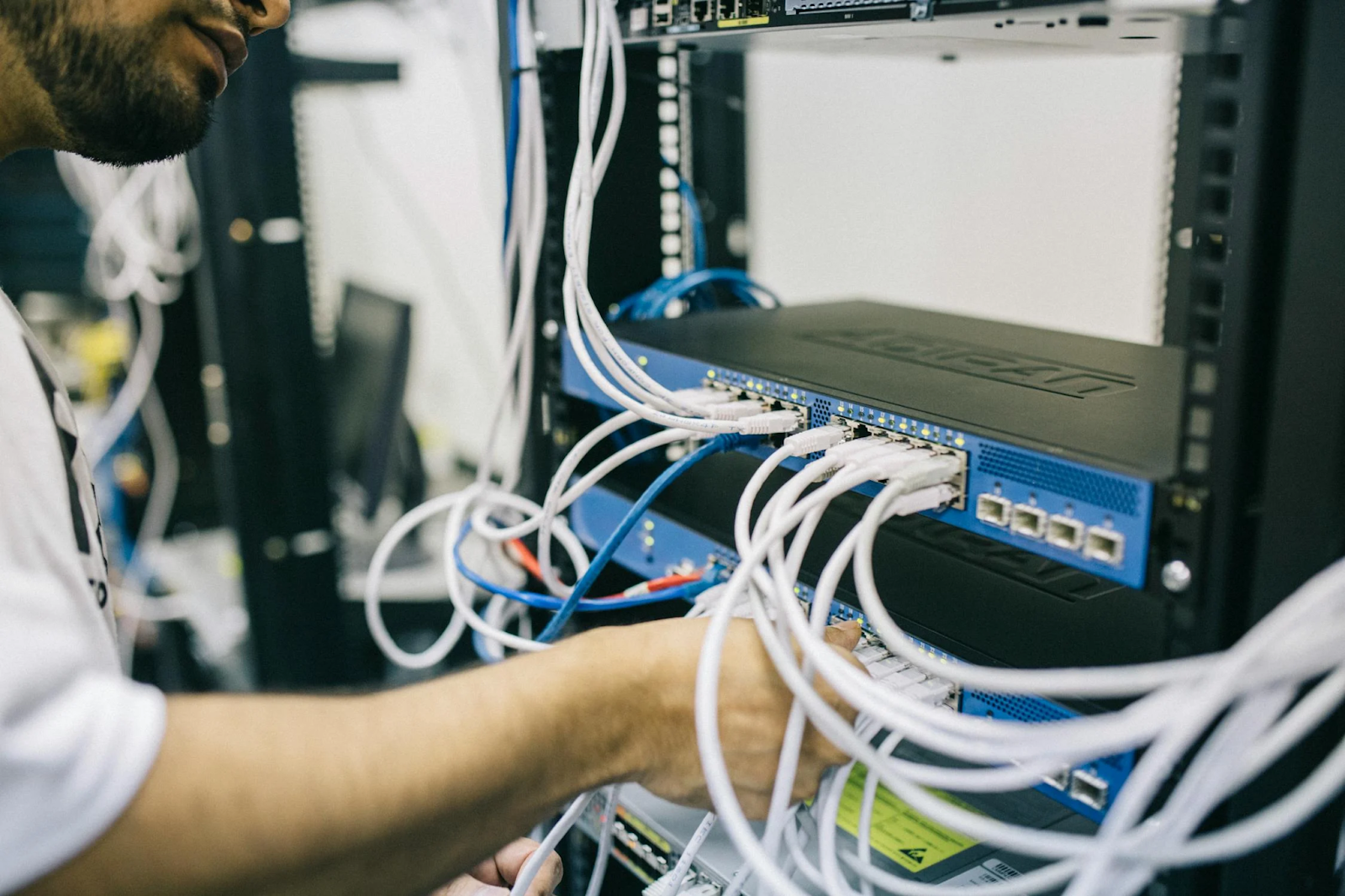At the beginning of the 21st century, Philadelphia aimed to create a public citywide wireless network, becoming the first city to do so. The Wireless Philadelphia project was launched, but it lacked support from major providers, had insufficient infrastructure, and did not attract enough customer interest. Further details on philadelphia-future.
Despite the challenges, this ambitious project laid the foundation for developing the city’s internet network. Here, we discuss other initiatives and what was accomplished during the first quarter of the 21st century.
Freedom Rings, KEYSPOTS, and Internet Essentials
When it became clear that the Wireless Philadelphia project couldn’t be implemented, the city government closed the project. However, they did not abandon the idea. In 2010, the city government partnered with community and non-profit organizations to provide internet access to all residents. This partnership was named Freedom Rings.
The initiative was funded by President Obama’s BTOP program and the National Telecommunications and Information Administration. The funds were used to expand local wireless internet access. Grants were issued for infrastructure development, improving digital literacy among residents, and creating free public computer centers.
The latter two ideas were successful and later renamed KEYSPOTS. Around 70 centers were opened throughout Philadelphia, providing computers for public use and offering digital literacy training. Unfortunately, a few years later, the project was closed due to a lack of funding.
Meanwhile, Comcast launched its own project, Internet Essentials, in 2011. This initiative provided affordable internet plans for low-income families, offering up to an 80% discount, which was maintained for the next decade. When the COVID-19 pandemic hit, the company offered free access to this program.
New City Initiatives

In 2017, Philadelphia established the Digital Literacy Alliance (DLA), which provides grants to promote digital literacy and develop infrastructure. In 2020, this partnership launched the city’s Digital Navigator Program. Professional navigators now assist Philadelphia residents in accessing the internet, finding digital literacy courses, and setting up various devices.
It is worth noting that many targeted initiatives were implemented during the COVID-19 pandemic. Residents had to stay home but still work, while children were required to attend school online. The city government and foundations did much to ensure that those who couldn’t afford it were connected to the internet.
As a result, the 2021 report on internet access in the city showed significant improvement:
- 84% of city households had high-speed home internet (a 14% increase from the 2019 report);
- 75% of households had a working computer (up from 71% in 2019);
- About one-fifth of households used discounts for internet access.
A third of respondents were aware of programs for internet connection and access. These results were motivating and showed progress in this area. While Philadelphia has not yet become a fully digital city for 100% of its residents, it is steadily moving toward that goal.
Problems and Solutions

Users without computers or internet access, in a 2021 survey, noted the following:
- 56% found the monthly internet fee too high;
- 50% could not afford a computer;
- 49% relied on smartphones for internet access;
- 43% said they didn’t need these services;
- 31% found using a computer or the internet inconvenient.
The groups with the lowest internet connectivity rates were older adults and Spanish-speaking residents, with only 67% of respondents in both groups having internet access. The most common reasons for lack of connection were financial difficulties and a lack of information about discounts available for certain population groups.
Therefore, the city government aims to address the following challenges moving forward:
- Ensuring the affordability of internet plans and diversifying them to meet consumer needs;
- Increasing public awareness of available discount programs;
- Continuing to develop digital literacy programs, especially for older adults and non-English-speaking groups.
To ensure digital access for every resident, it is essential to organize intergovernmental collaboration and foster partnerships between the city government, businesses, and non-profit organizations. Building on previous achievements and learning from past setbacks, Philadelphia has a strong chance of providing all residents with internet access in the near future.
Source:
- https://technical.ly/civic-news/philadelphia-internet-timeline-verizon-broadband-digital-equity/
- https://www.phila.gov/2021-10-20-understanding-the-digital-divide-philadelphias-report-on-digital-access/
- https://www.pewtrusts.org/en/research-and-analysis/reports/2013/11/12/ten-facts-about-internet-access-in-philadelphia